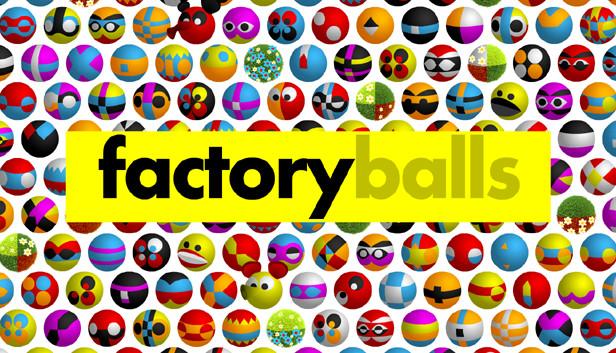For this critical play, I played Factory Balls, a flash game by Bart Bonte designed for a generalist audience. The game’s main form of fun is within its challenge; your objective is to paint a certain type of ball using different types of paint and objects to block the paint. This simple, clear objective works quite well, and as players learn certain patterns, the game introduces more mechanics to make the problems harder and keep the game fresh. For example, while the earlier levels often have only one color and one or two ways of obstructing paint, later levels introduce more mechanics and are much more challenging.


The lack of a negative outcome, such as failure after trying too many different ideas, and additionally the lack of multiple degrees of success (such as making a distinction between finding a solution and finding the most efficient/optimal solution) encourages players to guess and check/find the solution through trial and error. While this helps reduce the pressure/tenseness of the game, I also think it makes the game a little less engaging, since I found it easier/less tiring mentally to just click through all the options until I found something that clicked. Overall, I think including some incentive to play the game more strategically might have made the game more engaging and fun, as more skilled players would feel more rewarded. This harkens back to the conversation we had in lecture about balance — players enjoy when they feel like their rewards are proportional to the effort they put into the game.
I also think the lack of a theme beyond “paint this ball,” and thus the lack of a cohesive story-based reward for success, made the game feel less rewarding and thus gave me less incentive to play more. Your reward for success is simply advancing to the next level, which makes the game feel more like you’re doing work than solving a puzzle for fun. This could be something as simple as a small “result/congratulations!” screen, or more elaborate with the theme of a factory, perhaps with a slew of identical balls finally making it off the assembly line, or watching sales rack up for the new ball. Either way, I think the game would benefit retention-wise with a greater focus on positive feedback after successfully painting a new ball.




